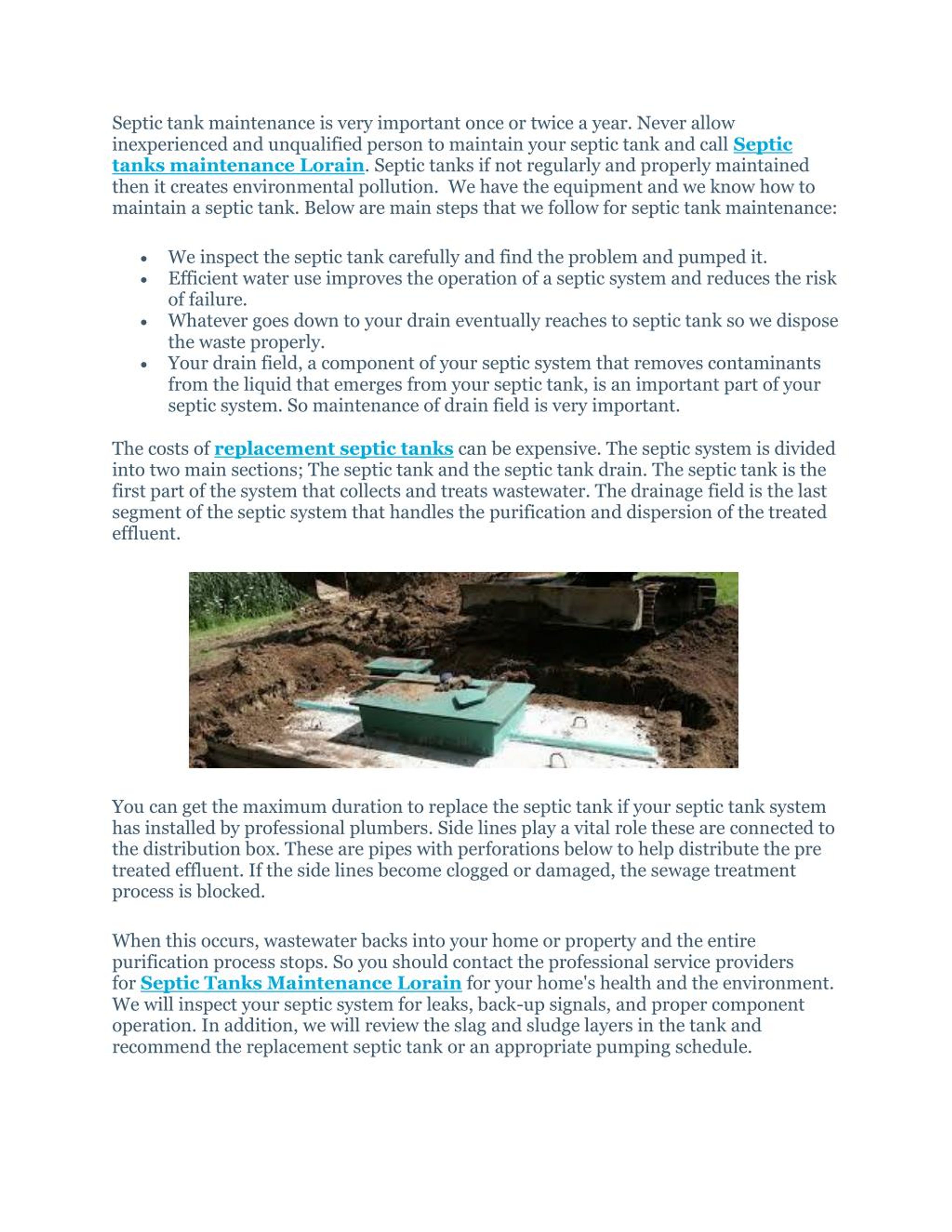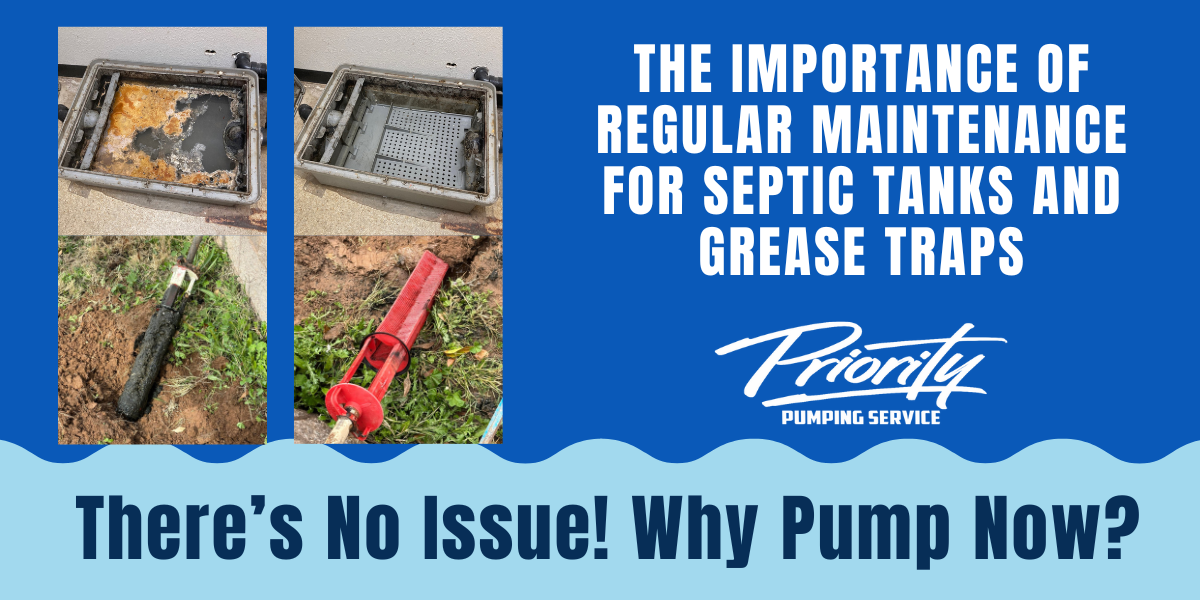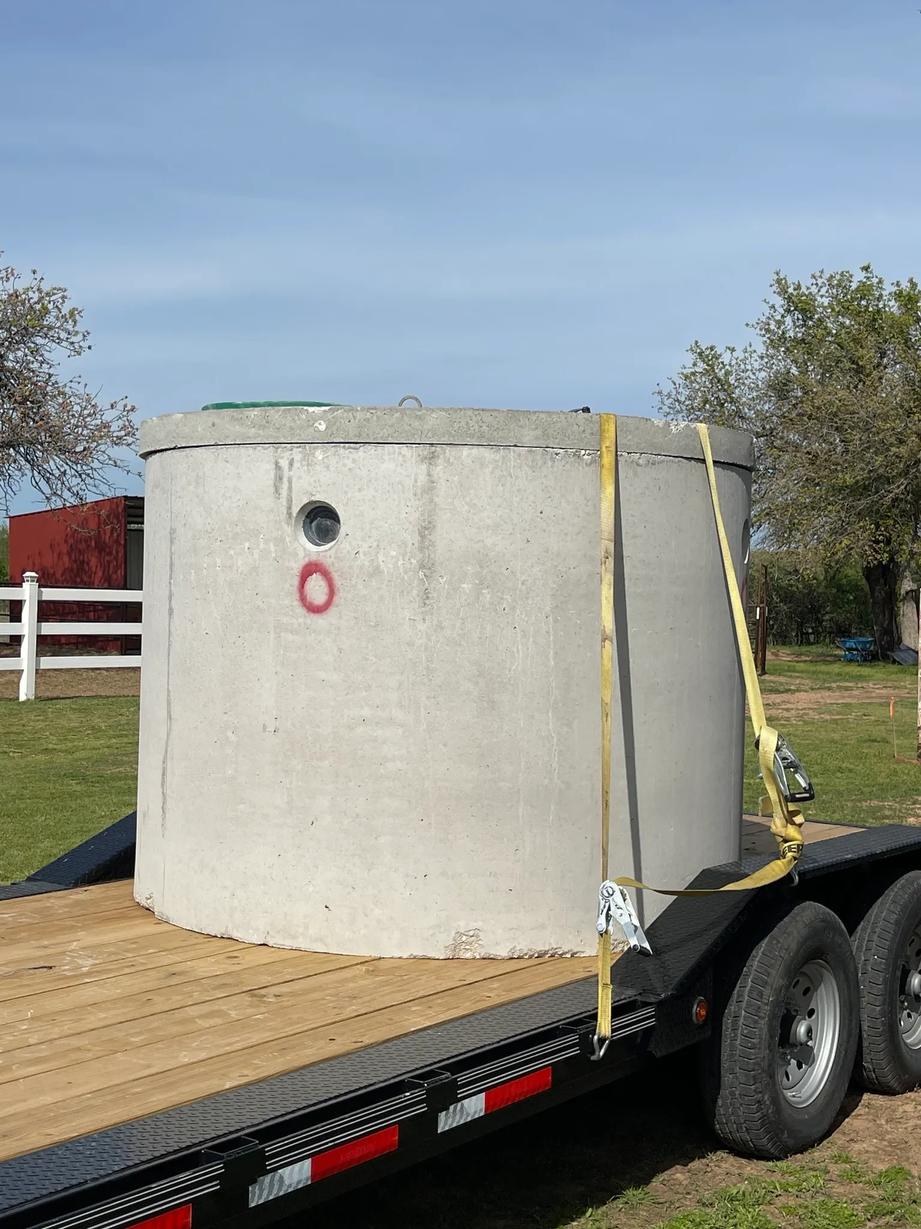More About Stillwell Septic And Grading
More About Stillwell Septic And Grading
Blog Article
Some Known Incorrect Statements About Stillwell Septic And Grading
Table of ContentsThe Basic Principles Of Stillwell Septic And Grading The Greatest Guide To Stillwell Septic And GradingSome Known Facts About Stillwell Septic And Grading.The 10-Minute Rule for Stillwell Septic And GradingThe Ultimate Guide To Stillwell Septic And GradingThe 3-Minute Rule for Stillwell Septic And Grading
Repair leaking taps and pipes fixtures. https://www.cheaperseeker.com/u/stillwellsag. A leaking toilet can lose thousands of gallons of water a day. Take shorter showers. Aim for less than 5 and do the shower jive. Take bathrooms with a partially-filled tub and do not leave the faucet running when doing other tasks. Wash just complete loads of meals and washing.
Facts About Stillwell Septic And Grading Uncovered
Avoid burning heaps of leaves or branches over the drainfield, as the warmth might damage the plastic pipelines below. Limitation the enhancement of topsoil or garden compost to no even more than 2 to 3 inches over the drainfield. Septic Inspection. An excellent rule of thumb for landscaping over drainfields is to utilize shallow-rooted plants that do not require additional topsoil to flourish
Yard is the most effective cover. Avoid trees, bushes, and water-loving plants with deep origins. Turfs, mixed wildflowers, and ground covers with superficial roots are excellent choices. Plant trees and shrubs at the very least 30 feet far from your septic container and drainfield to maintain roots from entering into and breaking or blocking the drainfield pipelines.
To learn more please visit the Landscape design Your Drainfield page. A septic tank failure creates neglected sewer to be launched and carried to where it ought to not be. This might trigger sewage to come to the surface area of the ground around the storage tank or the drainfield or to back up in pipes in the building.
Rumored Buzz on Stillwell Septic And Grading
The individual that falls in obtains out without significant injury. But a child's terrible fatality is a suggestion to check your septic tank for damaged or missing out on lids. Proprietors of septic systems are in charge of ensuring the systems are risk-free and feature appropriately, consisting of having a protected lid on the tanks
Routinely inspect the problem of the lids for dangers or problems. Keep the lids secure by fixing or changing all harmed or missing out on components. Usage screws, screws, or various other locks to protect the lids and prevent easy gain access to. Never drive or park lorries on top of septic systems- it can damage or remove the cover.
Stillwell Septic And Grading Can Be Fun For Anyone
Make sure the lids are protected after working on your septic system. Teach youngsters that the septic storage tank lids are not to be played on or opened.
Keeping in mind the levels will help determine if there is a possible problem with the system. Then, the container will certainly be totally pumped down, removing every one of the liquid and strong waste. Once the storage tank is totally pumped, the inlet and electrical outlet tees of the will be inspected to ensure they are still undamaged and working properly
Top Guidelines Of Stillwell Septic And Grading
If you are home at the time of solution (totally not required if that's not your point) you may be asked to flush your commodes to make certain every little thing is streaming properly. Once the solution is full, the septic system will be covered as it was when we arrived! Experts advise having your system pumped every 3 to 5 years however several variables must be thought about when deciding exactly how often your sewage-disposal tank requires to be serviced.

If your septic has actually not been serviced in even more than 6 months, we would certainly desire to service the septic. If the problem persists, a drainpipe cleaner will certainly then be sent out to clear the line to the septic tank.
The Best Guide To Stillwell Septic And Grading

If the ponding is concentrated over the leach field that might mean a leach line is blocked with Bio-Mat and requires to be fixed or replaced. The majority of septic systems have a couple of covers; one over the inlet side of this link the sewage-disposal tank (where the water from your home enters the storage tank), one in the center of the container, and one on the electrical outlet side of the tank (where the liquid from the tank exits to your leach field).
Cut up food fragments do not damage down in the sewage-disposal tank and can make their escape into your leach area lines causing obstructions. Waste disposal unit, even those significant septic risk-free, are ruled out beneficial for your septic tank. Proper working level is where the water level in your storage tank fulfills the electrical outlet tee of the tank.
Report this page